Filter by
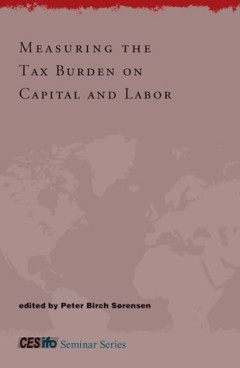
Measuring the Tax Burden on Capital and Labor
A guide to current approaches to measuring the effective tax rate, with case studies that illustrate the different methods discussed.Today's highly complicated tax codes have led economists and policy makers depend on simplified summary measures in order to understand how taxes affect the economy. Studies of the effective tax rate--that is, a measurement of the net amount of tax levied on certa…
- Edition
- -
- ISBN/ISSN
- 9780262284097
- Collation
- -
- Series Title
- -
- Call Number
- -
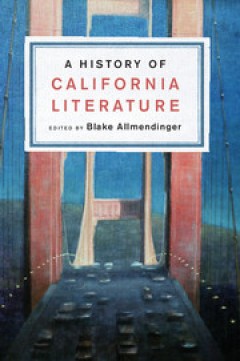
A History of California Literature
Blake Allmendinger's A History of California Literature surveys the paradoxical image of the Golden State as a site of dreams and disenchantment, formidable beginnings and ruinous ends. This history encompasses the prismatic nature of California by exploring a variety of historical periods, literary genres, and cultural movements affecting the state's development, from the colonial era to the t…
- Edition
- -
- ISBN/ISSN
- 9781107280359
- Collation
- -
- Series Title
- -
- Call Number
- -
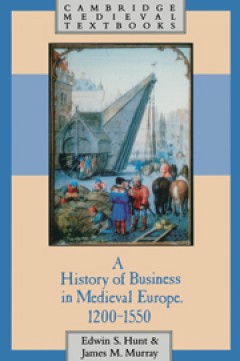
A History of Business in Medieval Europe, 1200–1550
This book demolishes the widely held view that the phrase 'medieval business' is an oxymoron. The authors review the entire range of business in medieval western Europe, probing its Roman and Christian heritage to discover the economic and political forces that shaped the organization of agriculture, manufacturing, construction, mining, transportation and marketing. Businessmen's responses to t…
- Edition
- -
- ISBN/ISSN
- 9780511626005
- Collation
- -
- Series Title
- Cambridge Medieval Textbooks
- Call Number
- -
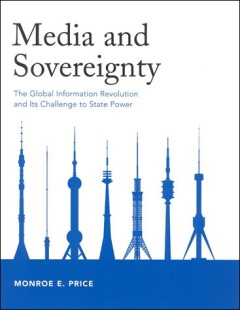
Media and sovereignty :
Media have been central to government efforts to reinforce sovereignty and define national identity, but globalization is fundamentally altering media practices, institutions, and content. More than the activities of large conglomerates, globalization entails competition among states as well as private entities to dominate the world's consciousness. Changes in formal and informal rules, in addi…
- Edition
- -
- ISBN/ISSN
- 9780262281904
- Collation
- -
- Series Title
- -
- Call Number
- -
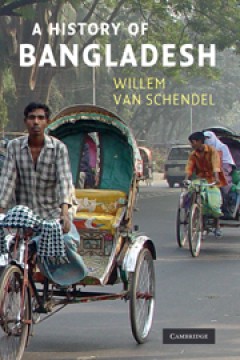
A History of Bangladesh
Bangladesh is a new name for an old land whose history is little known to the wider world. A country chiefly famous in the West for media images of poverty, underdevelopment, and natural disasters, Bangladesh did not exist as an independent state until 1971. Willem van Schendel's history reveals the country's vibrant, colourful past and its diverse culture as it navigates the extraordinary twis…
- Edition
- -
- ISBN/ISSN
- 9780511997419
- Collation
- -
- Series Title
- -
- Call Number
- -

A Grammar of Kham
First published in 2002, this is a comprehensive grammatical documentation of Kham, a previously undescribed language from west-central Nepal, belonging to the Tibeto-Burman language family. The language contains a number of grammatical systems that are of immediate relevance to current work on linguistic theory, including split ergativity, a mirative system, and a rich class of derived adjecti…
- Edition
- -
- ISBN/ISSN
- 9780511486883
- Collation
- -
- Series Title
- Cambridge Grammatical Descriptions
- Call Number
- -
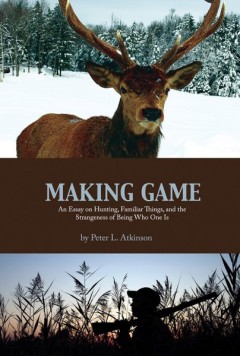
Making Game an Essay on Hunting, Familiar Things, and the Strangeness of Bein…
Making Game is a mixed-genre composition in which the author reflects on the philosophical and ethical implications of hunting wild game. This engaging essay is informed by the author’s significant background of scholarly engagement with the phenomenological tradition in modern philosophy.
- Edition
- -
- ISBN/ISSN
- 9781897425282.01
- Collation
- -
- Series Title
- -
- Call Number
- 165 pages
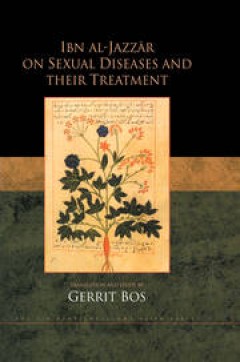
Ibn Al-Jazzar on Sexual Diseases
First published in 1997. This book is from the original Arabic text with an English translation, introduction and commentary of a critical edition of Zad al-musfir wa-qut al-hadir, Provisions for the Traveller and Nourishment for the Sedentary, book six.
- Edition
- -
- ISBN/ISSN
- 9780203038987
- Collation
- -
- Series Title
- -
- Call Number
- 370
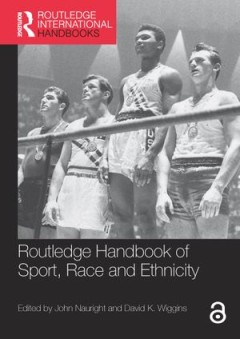
Routledge Handbook of Sport, Race and Ethnicity
Few issues have engaged sports scholars more than those of race and ethnicity. Today, globalization and migration mean all major sports leagues include players from around the globe, bringing into play a complex mix of racial, ethnic, cultural, political and geographical factors. These complexities have been examined from many angles by historians, sociologists, anthropologists and scientists. …
- Edition
- -
- ISBN/ISSN
- 9781317596677
- Collation
- -
- Series Title
- -
- Call Number
- 305.8 ROU r

Embodied Curriculum Theory and Research in Arts Education A Dance Scholar's …
This collection of articles by Susan W. Stinson, organized thematically and chronologically by the author, reveals the evolution of the field of arts education in general and dance education in particular, through narrative and critical reflections by this unique scholar and a few co-authors. It also includes contextual insights not available elsewhere. The author's pioneering embodied research…
- Edition
- 1
- ISBN/ISSN
- 978-3-319-20786-5
- Collation
- XIV, 310
- Series Title
- -
- Call Number
- -
 Computer Science, Information & General Works
Computer Science, Information & General Works  Philosophy & Psychology
Philosophy & Psychology  Religion
Religion  Social Sciences
Social Sciences  Language
Language  Pure Science
Pure Science  Applied Sciences
Applied Sciences  Art & Recreation
Art & Recreation  Literature
Literature  History & Geography
History & Geography